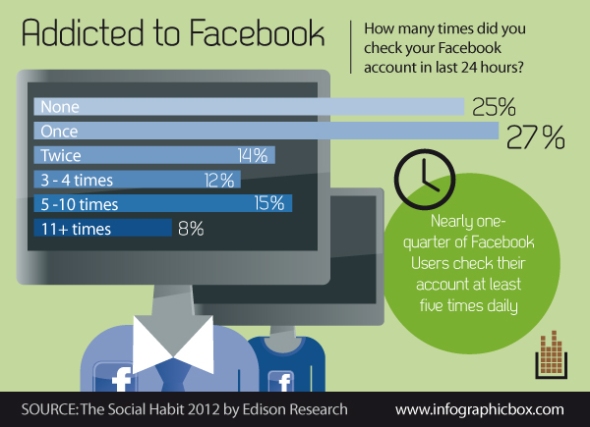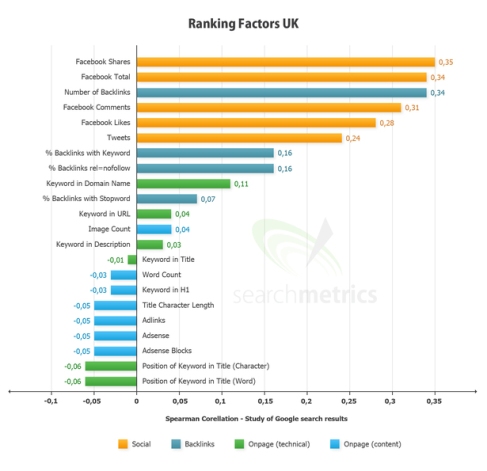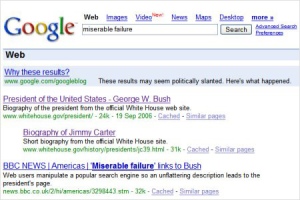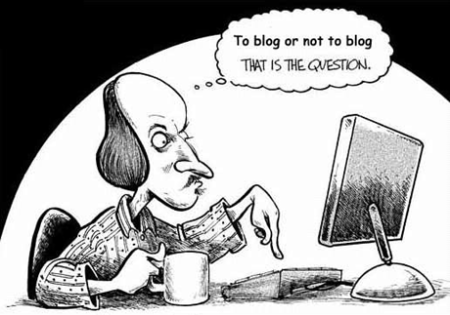Our web feature “Privacy Matters” stems from the ideas covered in Week 4 – the death of privacy.
“Privacy is not simply about that state of a set of bytes; it is about the sense of vulnerability that an individual experiences when negotiating data” (Boyd 2008: 99). Our target audience of 18-25 year olds all have a digital counterpart, half of which admit to having never audited their online profile – giving rise to the “intimate stranger” (Wellman 2002).
Facebook dominates the social media scene, gravitating a huge 98% of social networking users in this age group. As Boyd points out, with social convergence, control of private information is lost (2008:103).
With Facebook expecting personal data sharing to double every decade, it makes it every bit the “ticking privacy time bomb” that Marc Rotenberg (exec director of the Electronic Privacy Info Centre) describes Google as.






